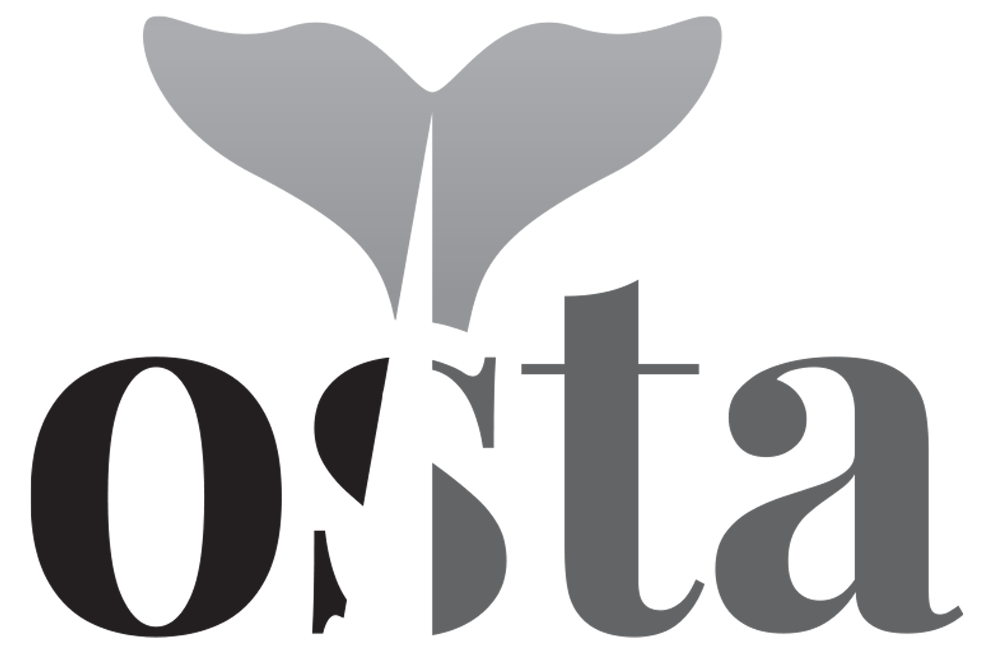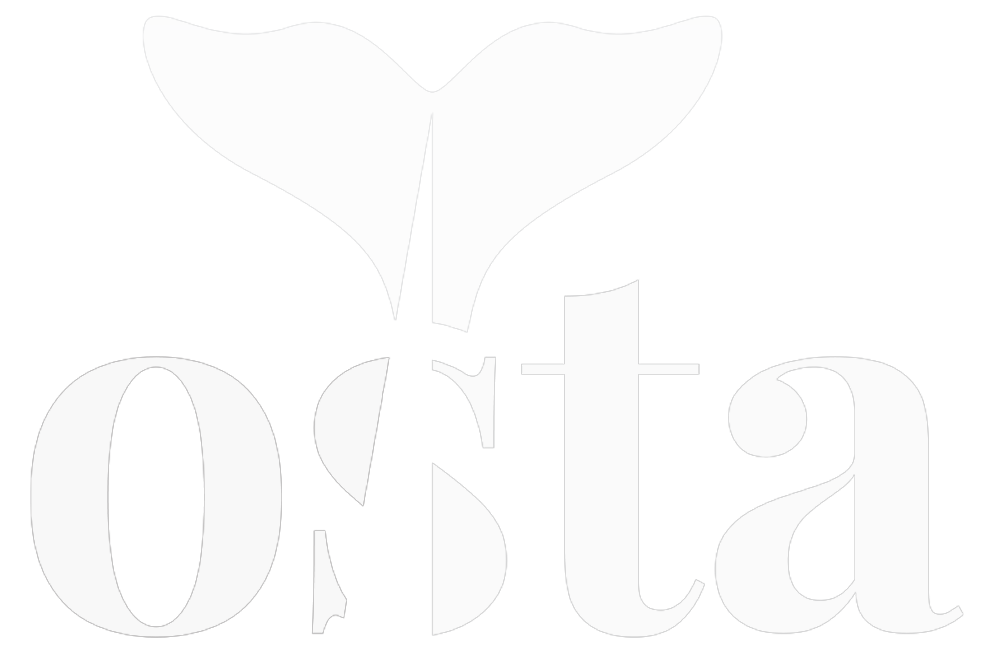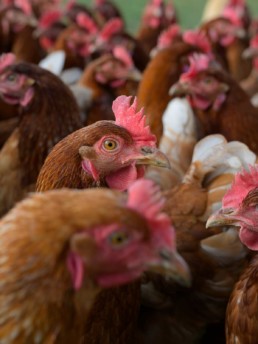Wat Dieren Gelukkig Maakt
Biologisch gecertificeerde dieren hebben een recht op buitentoegang
In Vlaanderen hebben biologisch gecertificeerde dieren, waaronder varkens, runderen, pluimvee, schapen en geiten, een wettelijk vastgelegd recht op buitentoegang. Voor niet-biologisch gecertificeerde dieren varieert deze toegang. Sommige niet-gecertificeerde dieren, zoals melkkoeien, schapen en geiten, kunnen ook buiten worden gelaten, maar dit geldt niet voor alle dieren. Varkens in de intensieve veehouderij brengen echter meestal hun hele leven binnen door, zonder toegang tot de buitenlucht.
702.855 dieren
666.793 pluimvee
21.020 varkens
8.543 geiten en schapen
6.499 runderen
__
Vlaanderen telt 702.855 biologisch gecertificeerde dieren. Dit omvat 666.793 dieren pluimvee, 21.020 varkens, 8.543 geiten en schapen en 6.499 runderen [1]
Buitentoegang voor bio-gecertificeerde dieren
Varkens
Van de 6,7 miljoen varkens in Vlaanderen zijn 21.020 (0,31%) biologisch gecertificeerd. [2] Deze bio-varkens genieten buitenruimte, variërend van 0,4 tot 8 vierkante meter per dier, afhankelijk van hun levensfase en gewicht.[3]
De bio-certificering stelt specifieke eisen aan de minimale buitenruimte. Enkele voorbeelden:
- Een zogende zeug met biggen krijgt minimaal 2,5 vierkante meter.
- Lichtere varkens (< 35 kg) hebben 0,4 vierkante meter, zware varkens (> 110 kg) 1,2 vierkante meter.
- Drachtige en vrouwelijke fokzeugen beschikken over 1,9 vierkante meter, terwijl mannelijke fokberen 8 vierkante meter krijgen.
In contrast hiermee brengen varkens in de intensieve veehouderij hun hele leven binnen door, verstoken van buitenlucht en bewegingsvrijheid.
Runderen
Van de 1,1 miljoen runderen in Vlaanderen zijn 6.499 (0,59%) biologisch gecertificeerd, waaronder 3.675 melkkoeien. [4] Deze bio-runderen hebben het recht om te grazen op weidegrond, mits de weersomstandigheden en bodemcondities gunstig zijn. [5]
De bio-certificering stelt specifieke eisen aan de minimale buitenruimte voor runderen. Deze ruimte varieert op basis van het gewicht van het dier:
-
- Dieren tot 100 kg: minimaal 1,1 m² per dier
- Dieren tot 200 kg: minimaal 1,9 m² per dier
- Dieren tot 350 kg: minimaal 3,0 m² per dier
- Dieren boven 350 kg: minimaal 7 m² per dier, plus 0,75 m² extra voor elke 100 kg erboven
Voor melkkoeien is er minimaal 4,5 m² buitenruimte per dier voorzien, terwijl fokstieren 30 m² per dier krijgen.[6]
Het is belangrijk op te merken dat ook niet-biologisch gecertificeerde runderen vaak buitentoegang hebben. Zo graast 60,3% van de Vlaamse melkkoeien (278.643 koeien) in de wei.[7]
Pluimvee
Van de 55,1 miljoen dieren pluimvee in Vlaanderen zijn er 666.793 (1,21%) biologisch gecertificeerd, waaronder 298.364 leghennen.[8] Deze bio-kippen hebben toegang tot de buitenlucht, met de volgende minimale oppervlaktes per dier:
-
-
- Ouderdieren van leg- en vleeskippen: 4 m² per dier
- Jonge hennen en hanen: 1 m² elk
- Leghennen: 4 m² per dier
- Vleeskippen: 2,5 m² per dier
- Kapoenen, poulardes en gecastreerde hanen: 4 m² per dier [9]
-
Ook in de intensieve pluimveehouderij kan buitentoegang voorkomen. Zo krijgen vrije uitloop leghennen 4 m² en vrije uitloop vleeskuikens 1 m² buitenruimte per dier.
Schapen en geiten
In Vlaanderen zijn 8.543 van de 199.735 schapen en geiten (4,28%) biologisch gecertificeerd. [10] Deze dieren genieten buitentoegang: volwassen dieren krijgen minimaal 2,5 vierkante meter per dier, terwijl lammeren en jonge geiten elk 0,5 vierkante meter tot hun beschikking hebben. [11]
Het is belangrijk op te merken dat ook niet-biologisch gecertificeerde schapen en geiten vaak buiten komen. De biologische certificering garandeert echter specifieke minimumvereisten voor buitenruimte.
[1] Departement Landbouw en Visserij Vlaanderen, ‘De biologische productie en consumptie in 2022’ 16.
[2] Ibid. 16.
[3] Bioforum Vlaanderen, ‘Bio en de wet – Dierlijke productie’ 23-24.
[4] Ibid. (n 1) 16.
[5] Als herbivoren tijdens de graasperiode toegang hebben tot weidegrond (aanbevolen: max. 10 melkkoeien per hectare) en bewegingsvrijheid hebben in winterhuisvesting, is er geen verplichte buitentoegang tijdens de wintermaanden. Stieren ouder dan één jaar moeten altijd toegang hebben tot weidegrond of een buitenruimte. Sinds 1 januari 2022 mag het intensief afmesten van volwassen runderen niet meer binnen plaatsvinden (Ibid. Bioforum Vlaanderen (n 3) 28).
[6] Ibid. Bioforum Vlaanderen (n 3) 23.
[7] Pieter Van Rumst, Ann Schellekens, Kristine Piccart en Thibaut Cloet et al., ‘Weidewijs: Toekomstgericht beweiden in Vlaanderen’ (Informatiebladen, WeideWijs Toekomstgericht Beweiden in Vlaanderen Project, augustus 2023) 4.
[8] Ibid. Departement Landbouw en Visserij Vlaanderen (n 1) 16.
[9] Ibid. Bioforum Vlaanderen (n 3) 24-25.
[10] Ibid. Departement Landbouw en Visserij Vlaanderen (n 1) 16.
[11] Ibid. Bioforum Vlaanderen (n 3) 23.


